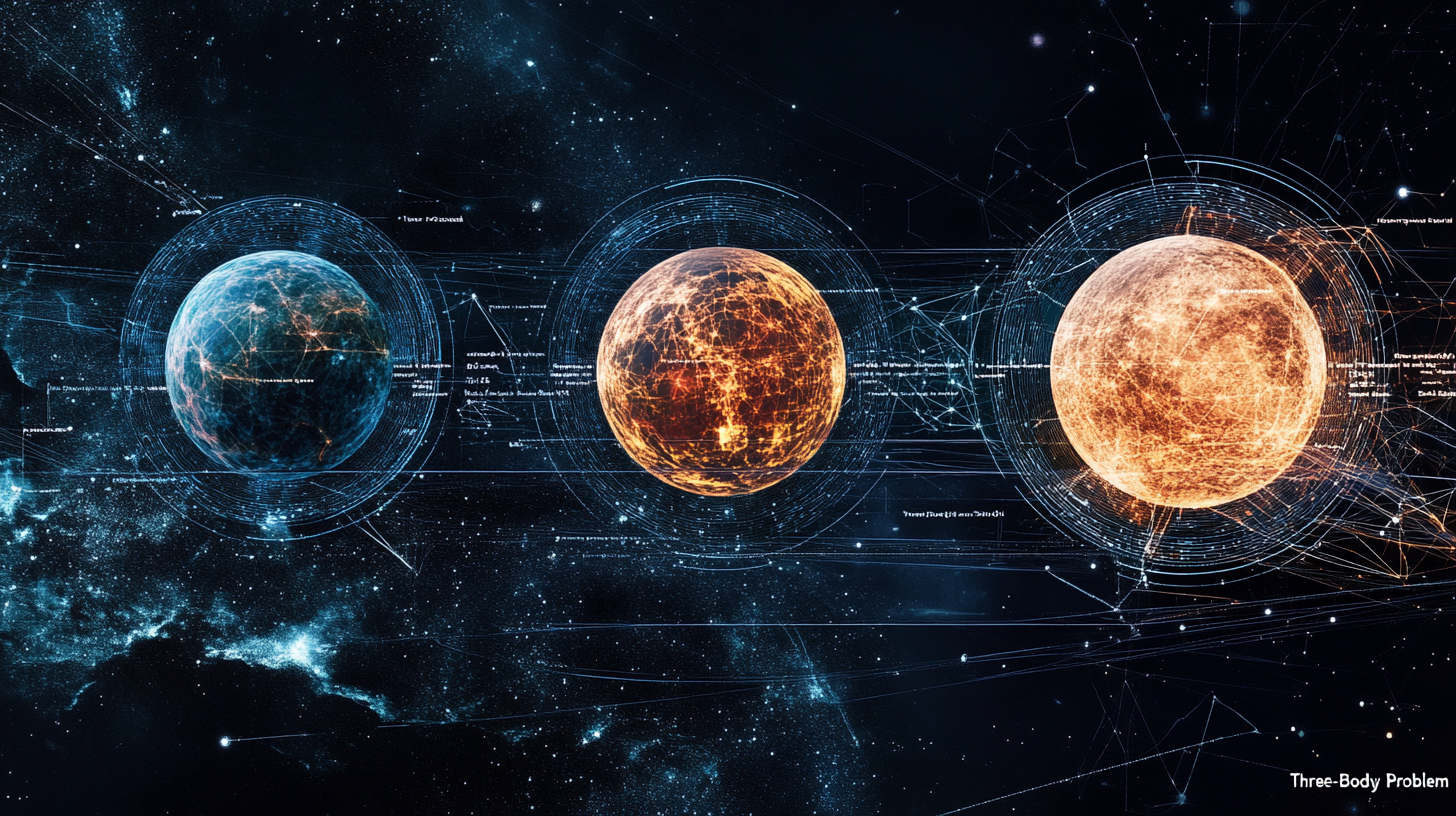Is Generative AI Creating a New Three-Body Problem?
The concept of the Three-Body Problem, a longstanding challenge in physics and astronomy, has recently intersected with the rapidly evolving field of generative AI. This intersection raises intriguing questions about whether generative AI is creating a new dimension to this classic problem or if it is offering innovative solutions.
The classic Three-Body Problem
The Three-Body Problem, introduced by Isaac Newton in 1687, involves predicting the motion of three celestial bodies interacting gravitationally. This problem is notoriously complex due to the chaotic nature of the interactions, making it difficult to predict the long-term behavior of the system. Over the centuries, mathematicians such as Euler and Lagrange have contributed to understanding this problem by identifying equilibrium points in the Restricted Three-Body Problem (R3BP) and the Circular-Restricted Three-Body Problem (CR3BP).
Generative AI and the Three-Body Problem
Recent advancements in generative AI have brought new approaches to tackling the Three-Body Problem. Here are some key developments:
Solving the problem with neural networks
Researchers at the University of Edinburgh, led by Philip Breen, have trained a neural network to solve the Three-Body Problem with remarkable efficiency. Their neural network can predict the future motion of three bodies up to 100 million times faster than conventional solvers. By training the network on a database of three-body problems with solutions calculated by state-of-the-art solvers, they achieved impressive results. The network accurately emulates the divergence between nearby trajectories and conserves energy with minimal error, making it a powerful tool for simulating complex celestial interactions.
Generative design of periodic orbits
A study published on arXiv explores the use of Variational Autoencoders (VAEs) to generate periodic orbits in the CR3BP. By training deep-learning architectures on a comprehensive dataset of periodic orbits, the researchers can capture key orbital characteristics and set up physical evaluation metrics for the generated trajectories. This approach enhances the understanding of how generative AI can improve space mission planning and astrodynamics research, leading to novel, data-driven strategies in the field.
Generative AI in animation and video games
In a surprising







